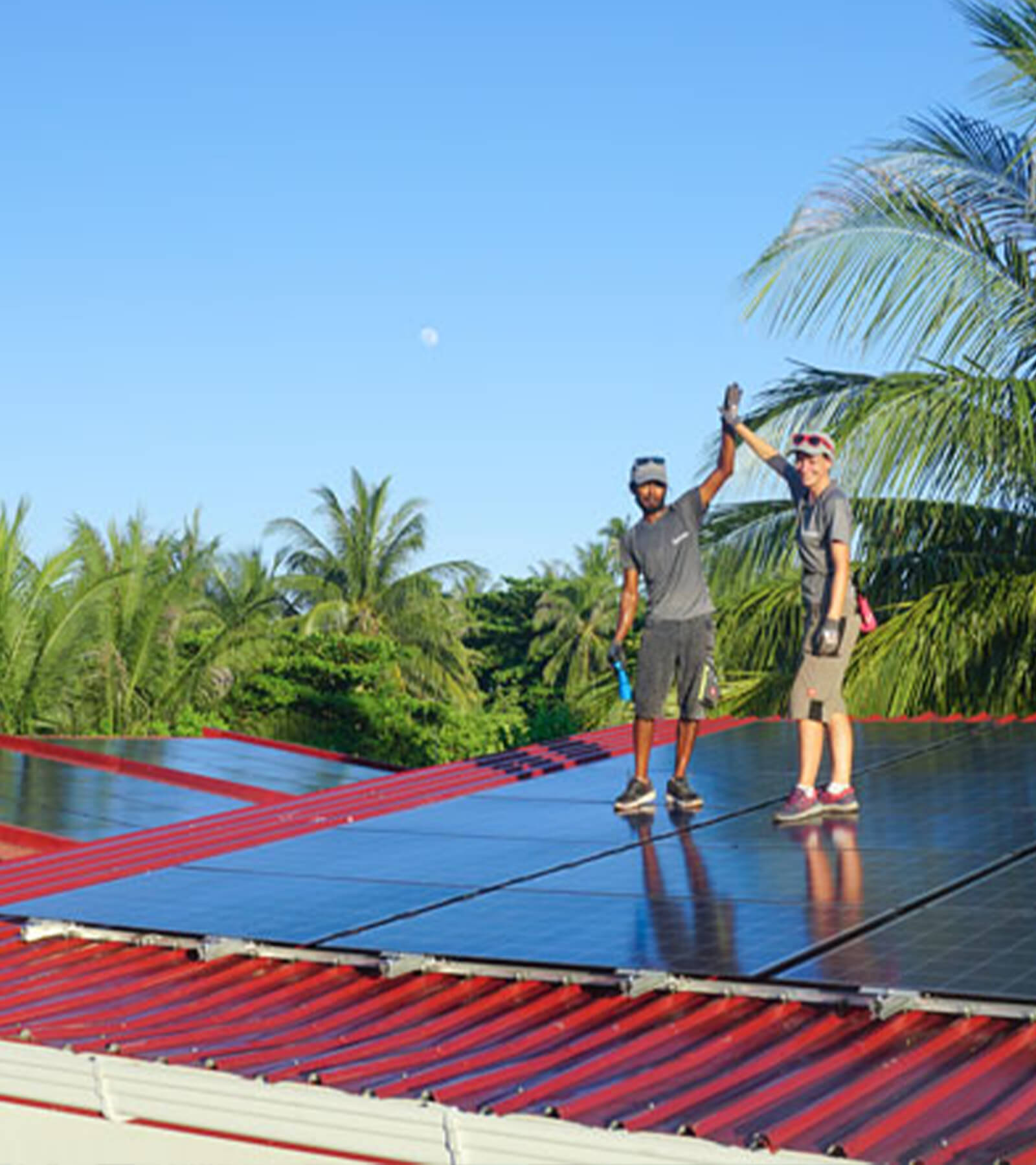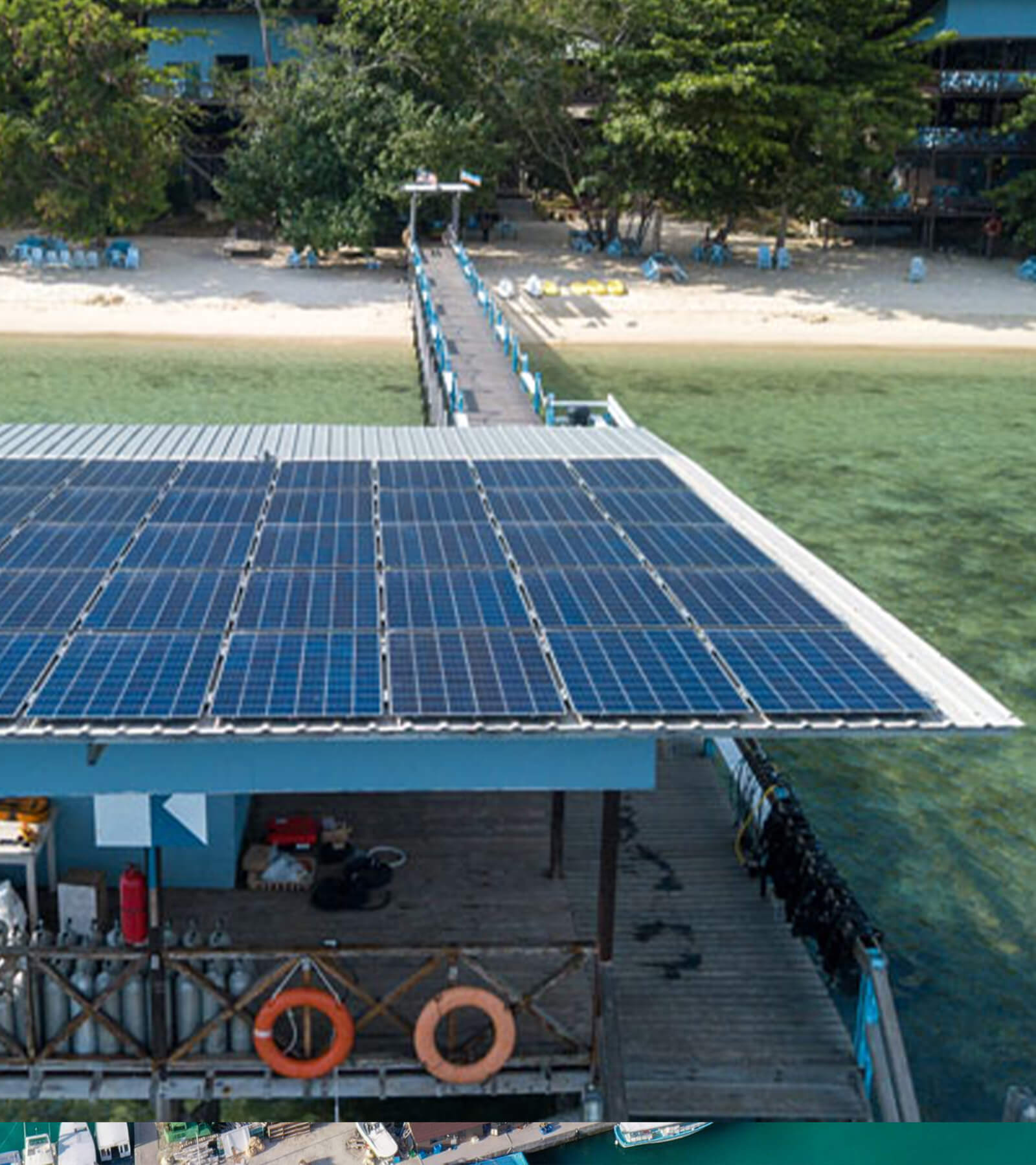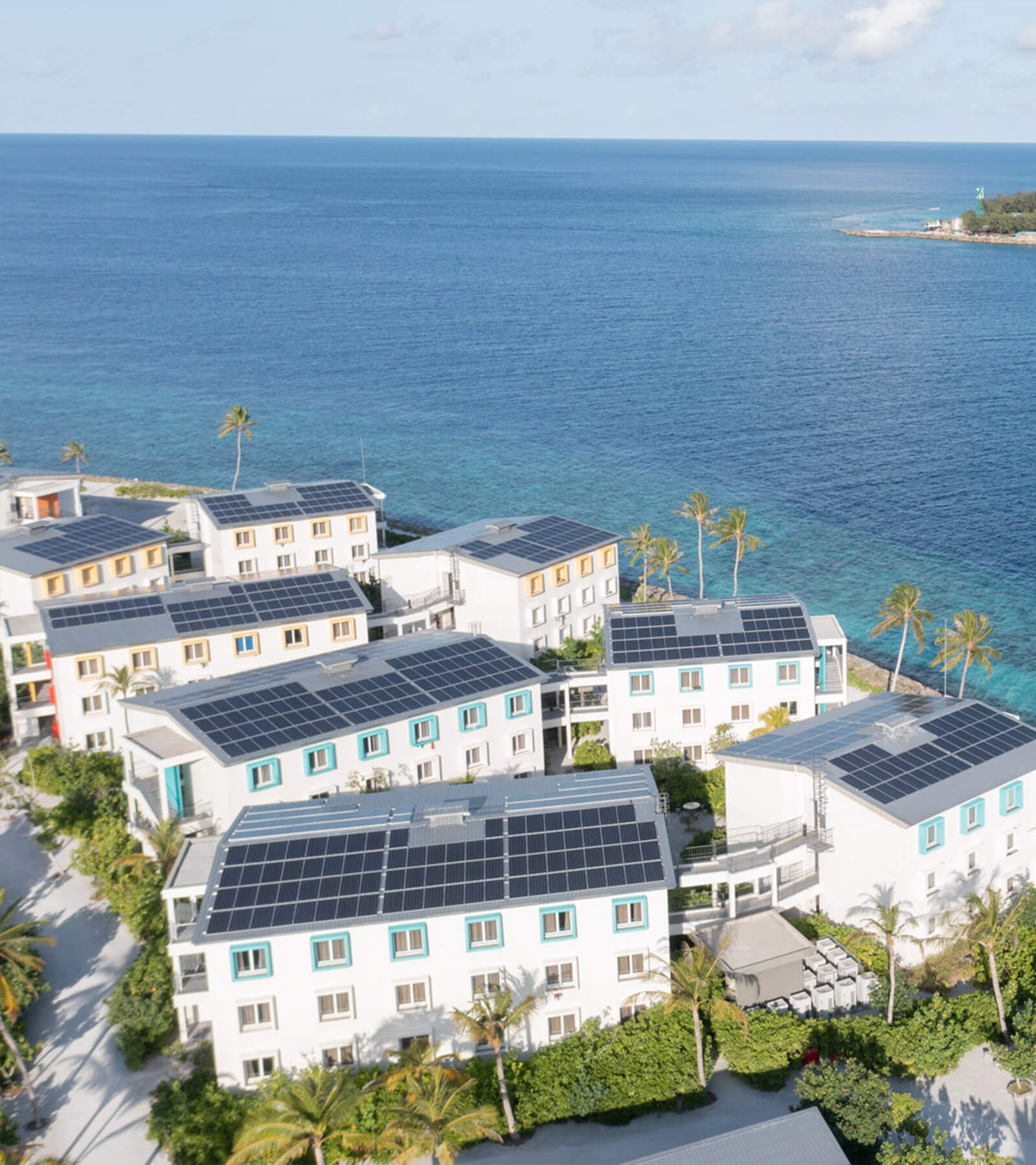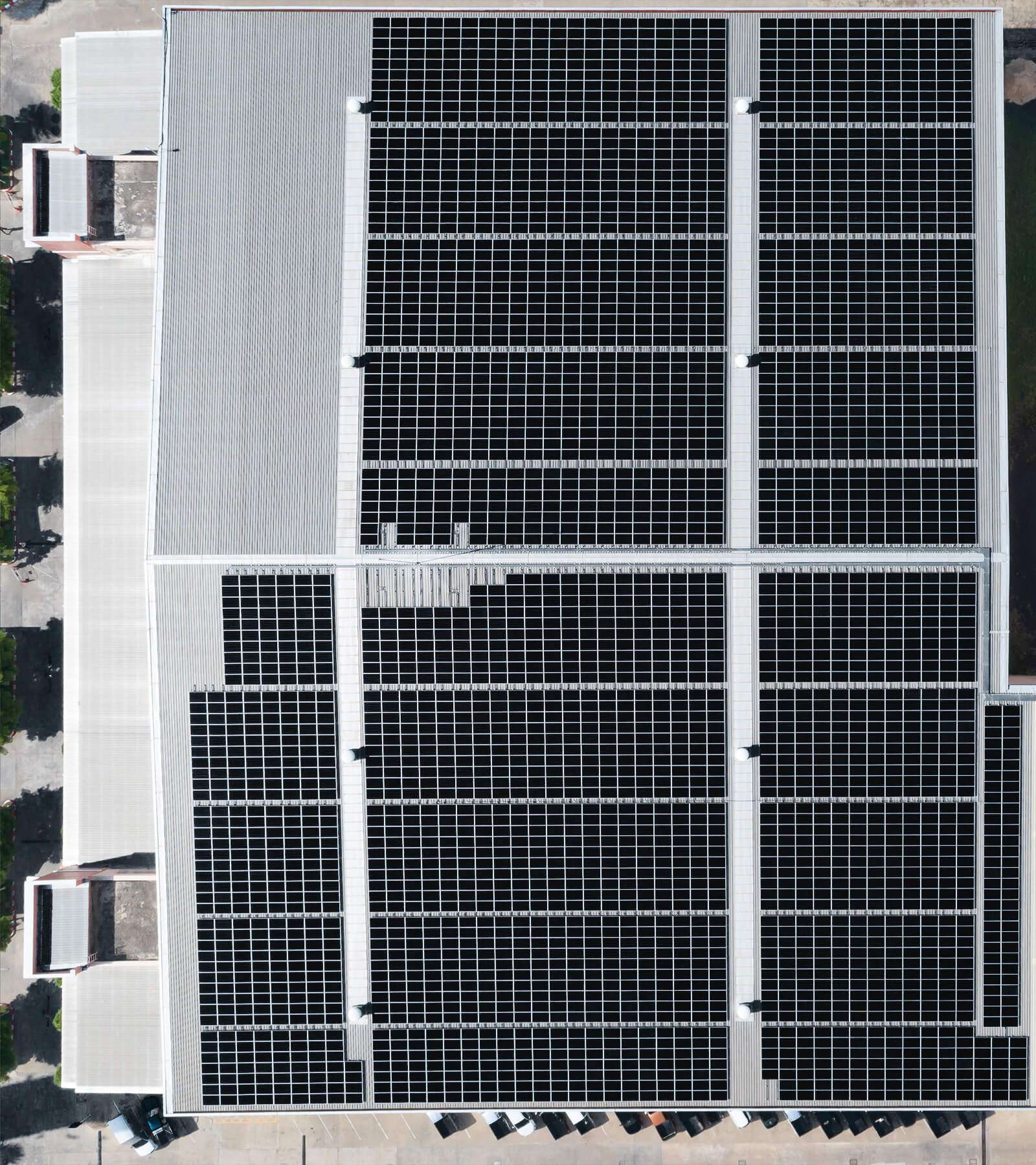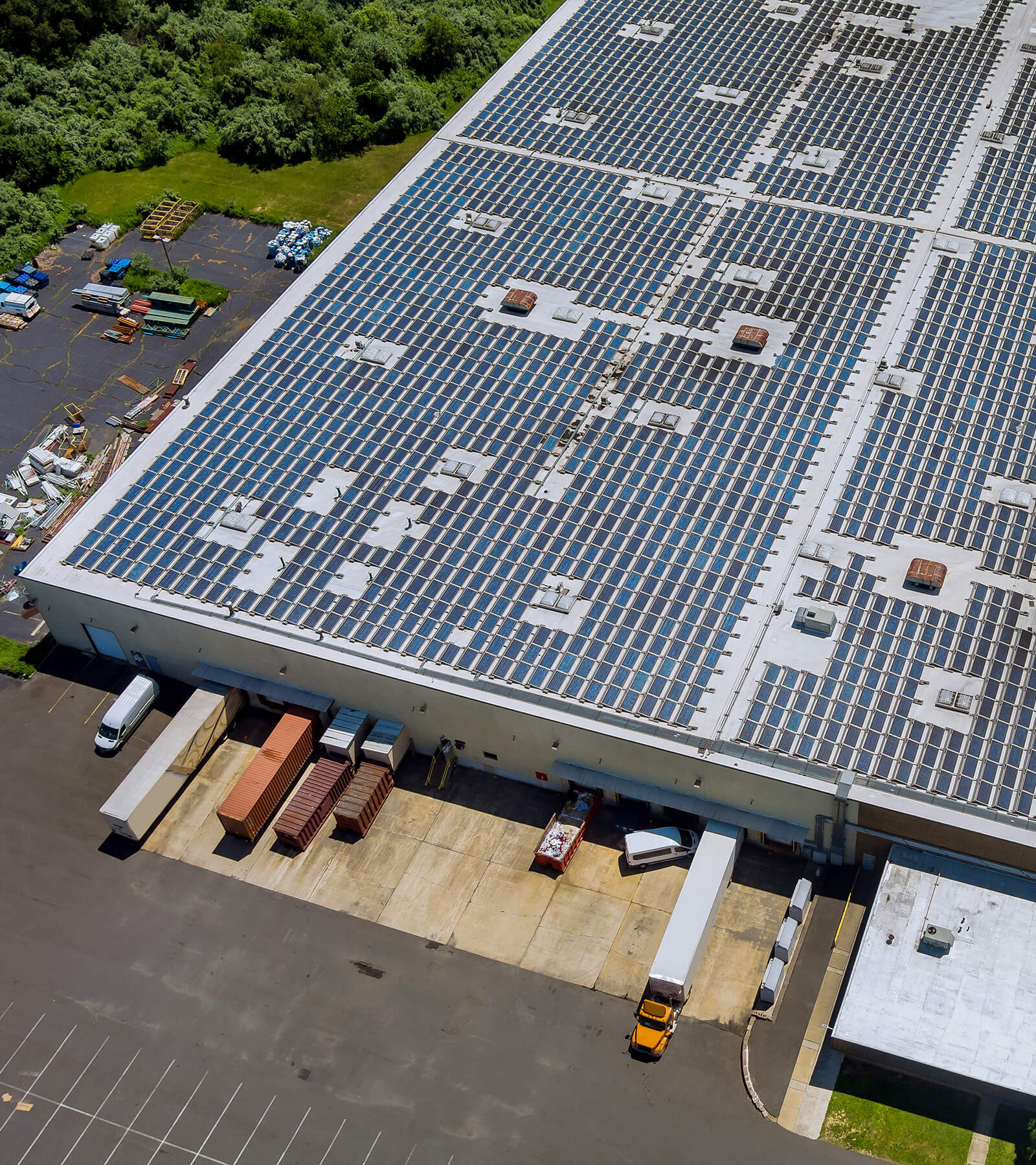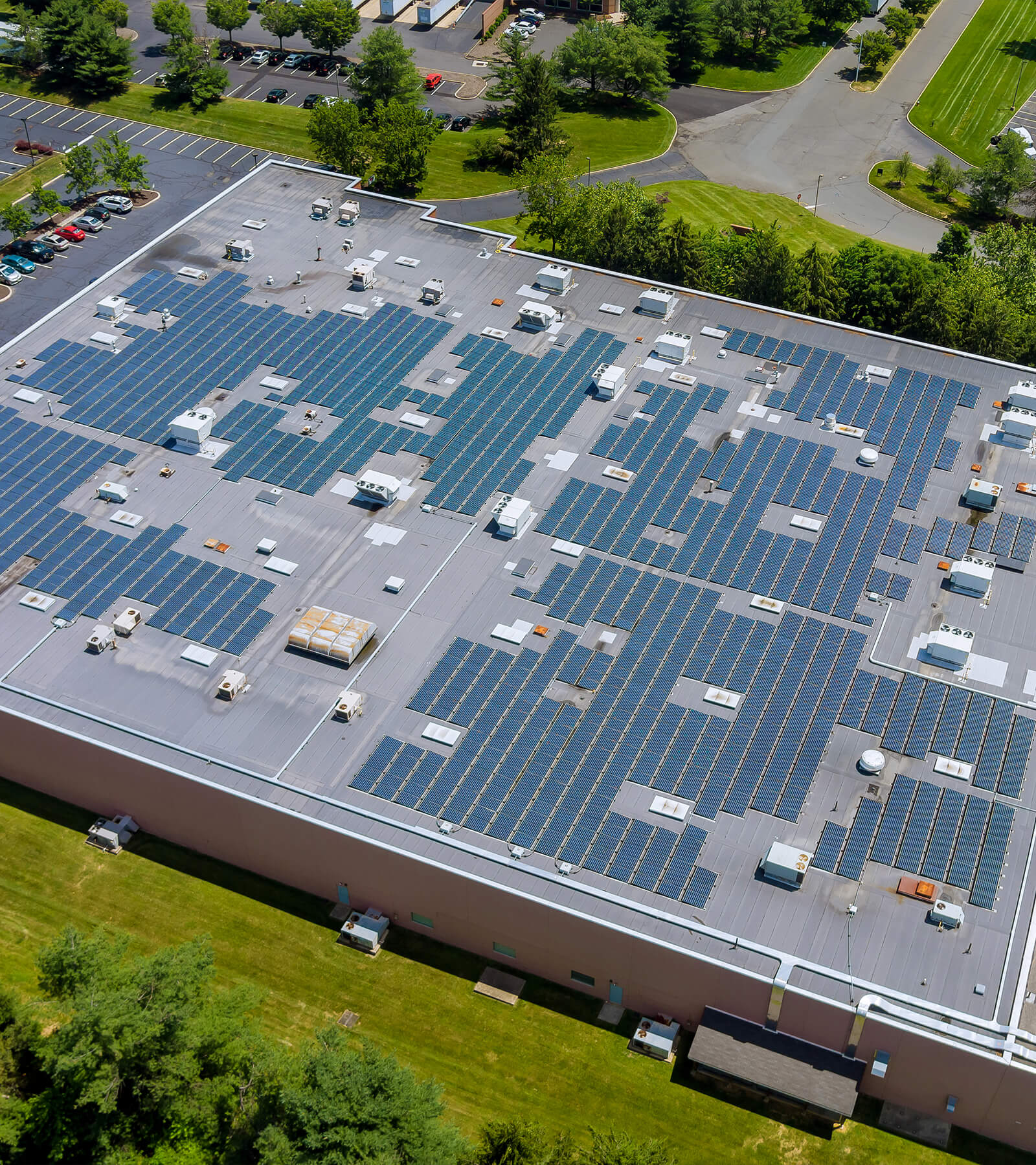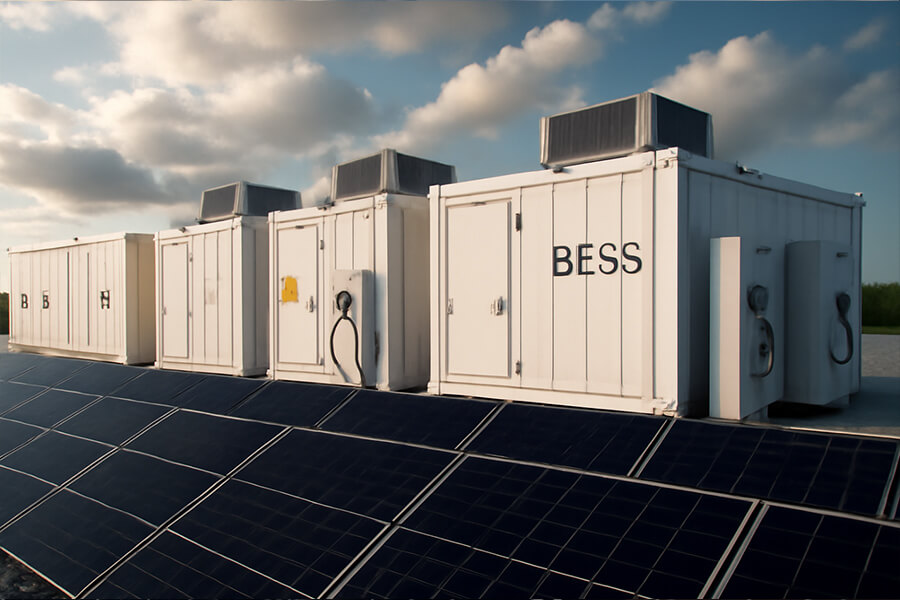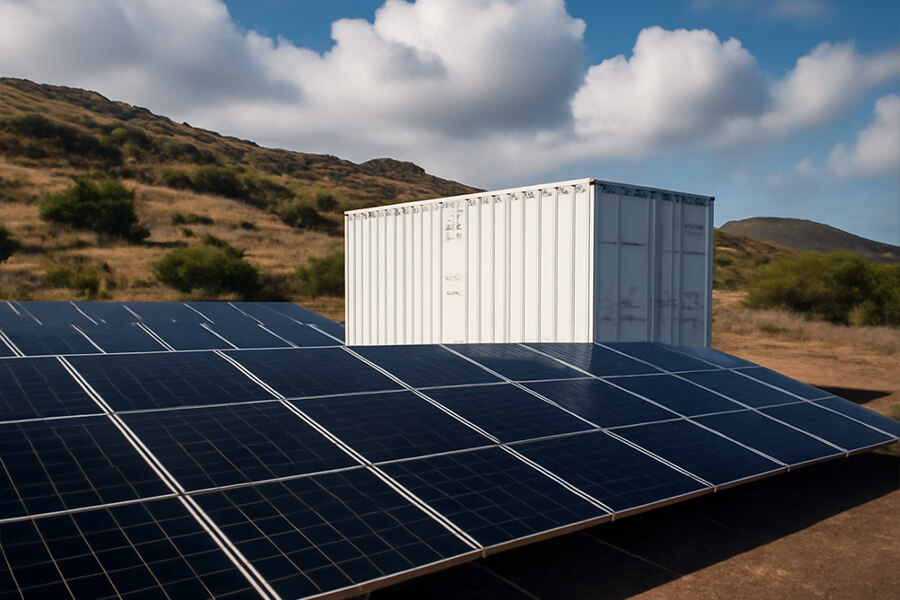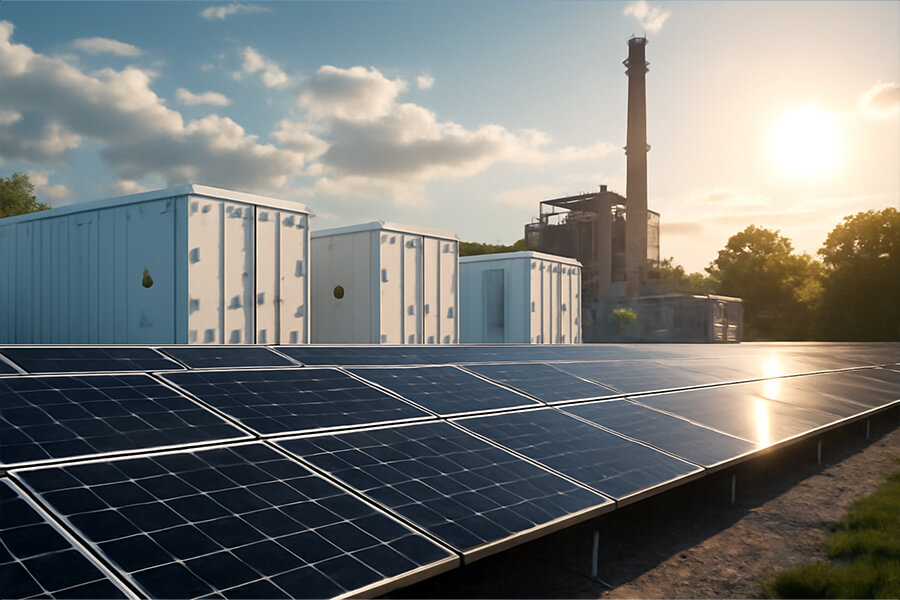BESS Container Data Center Resilience isn’t just outage protection – it’s how Tier IV facilities laugh at grid chaos while depositing demand response checks. Hyperscalers like Google and Microsoft now deploy battery energy storage containers as intelligent assets, slashing UPS costs 60%, enabling 99.99999% uptime, and turning $2M/year expenses into revenue. Discover why legacy systems are sulking in the corner (and how Maxbo Solar engineers these unbreakable power plays).
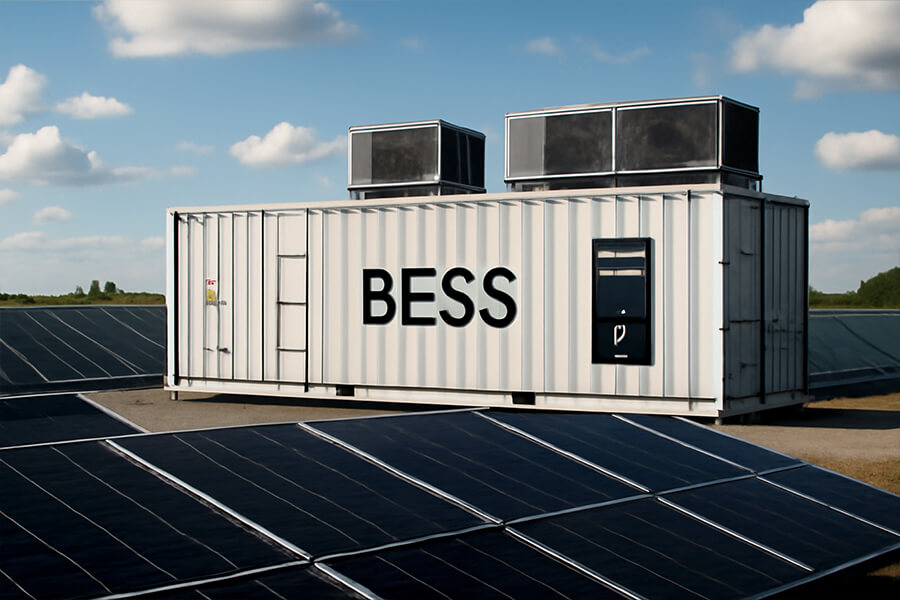
Setting the (Slightly Terrifying) Stage
So, you’re aiming for Tier IV certification? Congratulations! You’ve officially entered the “paranoid perfectionist” club, where a single dropped electron feels like a personal insult. Welcome to the relentless pursuit of 99.995% uptime – where traditional UPS systems start sweating bullets under the audit spotlight.
Let’s recap the Tier IV holy grail (Uptime Institute, 2024 Tier Standard):
- Fault Tolerance: Zero downtime from any single failure.
- Concurrent Maintainability: Fix anything without blinking the servers.
- No Single Point of Failure: Redundancy isn’t optional; it’s oxygen.
Sounds bulletproof? Almost. The Achilles’ heel? Short-duration power gaps.
| Power Backup Method | Typical Runtime | Tier IV Gap |
|---|---|---|
| Traditional UPS | 5-15 minutes | ⚠️ Fails during extended outages, generator warm-ups |
| Diesel Generators | Hours+ | ⚠️ 10-15 sec startup lag (U.S. DOE, 2024) |
Your current “UPS + Generators” tango works… until it doesn’t. What happens during:
- A real grid outage lasting hours (like 2024’s 8-hour Northeast blackout)?
- A generator hiccup during monsoon season?
- Simply replacing a transformer without sweating through your $2,000 suit?
That’s when the tissue-paper parachute reveals itself. Great for hopping off the couch (i.e., bridging milliseconds), but for skydiving into Tier IV territory? You need a tactical power bunker.
Enter the unsung hero (or maybe the slightly intimidating newcomer): the BESS Container.
The UPS Reality Check: Hero or Liability?
Let’s not throw Uncle UPS under the bus entirely. He’s been faithfully bridging those micro-outages for decades. Solid chap. But when you’re chasing Tier IV’s 99.995% uptime, his limitations start to feel like carrying a flip phone to a quantum computing conference.
⏱️ The Duration Dilemma
“His battery life? Think ‘goldfish attention span’ measured in minutes. Need hours of backup during a major grid wobble (like 2024’s 8-hour Northeast blackout) or a prolonged generator warm-up? Uncle UPS starts looking peaky.”
| UPS Runtime vs. Reality | Tier IV Gap |
|---|---|
| 5-15 min (Standard SLA) | ❌ Fails beyond 15 min |
| 30 min (High-End Config) | ❌ Still inadequate for transformer swaps (avg. 4-6 hrs) |
| 2025 Real Outages ⚡️ | Avg. 3.2 hrs in major metros (EIA, 2025 Grid Resilience Report) |
🔧 Maintenance Headaches
“Scheduled battery replacements? Like organizing a surprise party for a thousand people who hate surprises. Expensive, disruptive, and someone always spills the electrolyte.”
The True Cost of “Uncle UPS” Love:
- 150−300k per MW for lead-acid replacements every 3-5 years (AFCOM 2025 OpEx Survey)
- 18-36 hours of downtime risk per battery swap event (Uptime Institute, Human Error Study)
- $500k+ hidden costs (cooling, space, disposal fees) per MW lifecycle
📏 Footprint & Efficiency: The Silent Budget Killers
“That battery room? Prime real estate (1,200−2,500/sq.ft in Ashburn/Silicon Valley) housing aging lead-acid. And the conversion losses? Let’s just say Uncle UPS isn’t winning ‘green’ awards.”
Energy & Space Tax (per 1MW IT Load):
| Metric | Traditional UPS | Opportunity Cost |
|---|---|---|
| Floor Space | 150-300 sq.ft | = $180k-$750k/year |
| Conversion Loss | 8-12% | = $64k-$96k/year |
| Cooling Load Penalty | 15-25% of loss | = $9k-$30k/year |
*Based on $0.10/kWh, 8,760 hrs (DOE 2025 Commercial Rates)
So, how do we achieve Tier IV resilience without needing a UPS the size of Luxembourg and the maintenance schedule of a 1967 Alfa Romeo?
BESS Containers: The Power Ninja Stepping Out of the Shadows
Meet the Battery Energy Storage System (BESS) Container: essentially a data center’s personal power bank, but one that bench presses 500kg while calculating your ROI. Forget incremental upgrades – this is your quantum leap to Tier IV resilience.
⚡ Long-Duration Backup (The Game Changer)
“Minutes? Hours? Days? (Okay, maybe not days without sun/wind, but significantly longer!). BESS containers provide the sustained ride-through Tier IV demands during grid failures or maintenance. Goodbye, panic-induced caffeine binges.”
| Runtime Capability (1MW Load) | BESS Container | Traditional UPS |
|---|---|---|
| Grid Outage Coverage | 2-8 hours | 5-15 min |
| Transformer Swap Support | ✅ Full coverage (4-6 hrs) | ❌ Fails after 15 min |
| Cost per Hour of Backup | 42* | 500* |
🔄 Seamless Generator Bridging (Grace Under Fire)
“Generators are fabulous… once they wake up. BESS containers eliminate that terrifying ‘dark second’ gap with zero-transfer latency, holding the fort until Mr. Diesel rumbles. Smooth operator.”
The Seamless Handoff:
- Grid fails → BESS instantaneously powers loads (<2ms)
- Generators start (10-15 sec lag) → Stabilize (30-60 sec)
- BESS seamlessly transfers load → No voltage sag
(Source: IEEE 1547-2024 Standard)
🐉 Peak Shaving (Slaying the Demand Charge Dragon)
“Tier IV uptime shouldn’t bankrupt you. BESS flattens peaks like financial judo – flipping $35/kW demand charges into savings. CFOs rejoice!”
2025 Demand Charge Impact (10MW Data Center):
| Scenario | Monthly Peak | Demand Charge | BESS Savings |
|---|---|---|---|
| Without BESS | 9.5 MW | $332,500 | – |
| With BESS | 6.8 MW | $238,000 | $94,500 |
| Annual Savings | $1.13M |
Data: PJM 2025 Commercial Rate Analysis
💰 Demand Response (Resilience with ROI)
“That giant battery? It earns 100−250/kW/year in grid programs (FERC Order 2222). For a 5MW BESS? That’s 500k−1.25M/year in revenue/credits.”
Revenue Streams Unlocked:
- Frequency regulation: 45−110/kW-year
- Capacity markets: 30−75/kW-year
- Emergency load shedding: 25−65/kW-year
(Source: DOE 2025 Storage Market Report)
It’s like upgrading from a flickering candle (UPS) to a solar-powered emergency bunker that pays your mortgage.
Why It Fits Tier IV Like a Glove
Tier IV demands more than just backup—it requires elegant resilience. BESS containers deliver precisely that, aligning with every pillar of the Uptime Institute Tier Standard while slashing costs.
🛡️ Fault Tolerance: Modular Armor
Modular design enables N+1 or N+X redundancy within a single container. Failures are isolated like quarantined servers.
| Redundancy Approach | Traditional UPS | BESS Container | Tier IV Compliance |
|---|---|---|---|
| Failure Isolation | Limited (system-level) | Per rack/module | ✅ Exceeds |
| Single Point of Failure Risk | Medium-High | None | ✅ Full |
| 2025 Outage Data | 18% caused by UPS failures | <0.5% BESS-related |
🛠️ Concurrent Maintainability: Zero-Downtime Surgery
Swap individual battery racks (hot-swappable in <15 mins) while the system runs at 100%. No more “all-hands-on-deck” shutdowns.
Operational Impact Comparison:
| Maintenance Activity | Traditional UPS Downtime | BESS Container Impact |
|---|---|---|
| Battery Replacement | 18-36 hours (full shutdown) | Zero |
| Capacity Expansion | Days (rewiring/cooling) | <4 hours |
| Cost per MW Event | $480k+ (hyperscaler ops) | $0 |
📈 Scalability: Grow Like LEGO®
Need more runtime? Add containers in weeks, not months – avoiding 300−500/kW expansion costs of traditional UPS rooms.
| Expansion Type | Time Required | Cost per MW |
|---|---|---|
| Traditional UPS Room | 6-9 months | $2.8M-$4.5M |
| BESS Container | 3-6 weeks | $1.2M-$1.8M |
Source: JLL 2025 Data Center Construction Report
♻️ Efficiency & ESG: The Silent Revolution
Li-ion batteries (95-97% efficiency) + advanced inverters cut energy losses by 40% vs. double-conversion UPS. Cooling load drops 25-30%.
Annual Savings per MW (vs. Traditional UPS):
| Metric | Savings | ESG Impact |
|---|---|---|
| Energy Loss Reduction | $78k | 450 tCO2e avoided |
| Cooling Energy Savings | $32k | 180 tCO2e avoided |
| Renewable Integration | 15-30% capacity boost | (RE100 2025 Clean Energy Report) |
*Calculations based on $0.12/kWh, 8,760 hrs, 0.45 kgCO2/kWh (EPA 2025 Emissions Factors)
The Verdict: BESS isn’t just compatible with Tier IV – it’s the first solution engineered for its ruthless standards.
The Future is Containerized (and Resilient)
The hyperscalers have spoken – and they’re voting with their megawatts. BESS containers are no longer science fiction but the operational backbone of Tier IV infrastructure. This isn’t just backup; it’s intelligent energy orchestration becoming fundamental to modern data centers.
🚀 2025 Deployment Surge: The Proof
| Company | Project | Scale | Key Impact |
|---|---|---|---|
| Nevada Data Center Campus | 120 MWh BESS | Replaced 3 legacy UPS farms, cut $8.6M/year in demand charges | |
| Microsoft | Dublin Azure Region | 80 MW / 320 MWh | Achieved 100% generator-free grid failover |
| Equinix | FR5 Frankfurt (Tier IV Colo) | 45 MW BESS | Generates $2.1M/year in frequency regulation revenue |
Sources: Google 2025 Sustainability Report, Microsoft Azure Infrastructure Update, Equinix Q2 2025 Earnings Call
Market Explosion:
| Year | DC BESS Capacity (Global) | Growth | Tier IV Adoption |
|---|---|---|---|
| 2023 | 2.1 GW | – | 12% of facilities |
| 2025 | 8.7 GW | 314% | 63% of new Tier IV builds |
| 2030p | 42 GW | 380% | 90%+ (projected) |
Data: BloombergNEF 2025 Energy Storage Market Report
⚙️ Beyond Backup: The Orchestration Layer
What hyperscalers truly leverage isn’t storage – it’s real-time grid intelligence:
- Auto-Participation in 7 deregulated markets (PJM, ERCOT, etc.) via AI bidding (Stem 2025 Platform Data)
- Predictive Failover synchronizing generators, renewables, and grid signals (<500ms response)
- Carbon Optimization shifting loads to lowest-emission grid periods (saving 300-600 tCO2e/MW annually)
As Google’s Infrastructure VP noted: “Our BESS containers are now profit centers – they paid back in 18 months while making our Tier IV sites 40% more resilient.” (Data Center Dynamics 2025)
Enter Maxbo Solar: Your BESS Container Power Play Partner
Okay, full disclosure time. We’ve been engineering the hell out of this shift at Maxbo Solar, and our BESS containers are the Tier IV secret weapon hyperscalers aren’t talking about (until now).
⚡ Our DNA: Engineered for Tier IV Torture Tests
We don’t bolt batteries into boxes. We build integrated resilience machines:
| Tier IV Requirement | Maxbo Solution | Industry Standard |
|---|---|---|
| Zero SPoF | N+2 redundancy (cell to container) | N+1 at best |
| Thermal Runaway Prevention | 3-layer protection + gas suppression | Single sensor alerts |
| Grid Intelligence | Auto-enrollment in 9 ISOs (PJM, ERCOT, etc.) | Manual configuration |
| Deployment Speed | 9 weeks (per 4MW unit) | 14-18 weeks |
Validation: UL 9540A 2025 Safety Certification + CAISO 2025 DR Participation Data
💰 The Maxbo Financial Edge (Because Resilience Should Pay You)
Our containers turn Tier IV from a cost center to a profit engine:
| Metric | Maxbo BESS Container | Industry Average |
|---|---|---|
| Peak Shaving ROI | 18-24 months | 36-48 months |
| Demand Response Revenue | $105-$230/kW-year | $80-$150/kW-year |
| Cooling Energy Savings | 34% (vs. legacy UPS) | 22% |
Source: Wood Mackenzie 2025 BESS Performance Benchmark
🔥 Safety Isn’t a Feature – It’s Our Uptime Guarantee
When your Tier IV site draws 20MW, “good enough” is a grenade. Our patented safeguards:
- BMS Neurosystem: 2,100+ monitoring points per container (industry avg: 800)
- Thermal Containment: Quarantines cell failures in <60ms (DNV 2025 Fire Test Results)
- Zero Maintenance Downtime: Hot-swap racks in 11 minutes (no load interruption)
Your Tier IV Power Play:
“After migrating to Maxbo’s containers, our Tier IV site turned a 2.3M/yearUPScostinto760k grid revenue.”
– CTO, Top 5 Global Colo (Data Center Frontier 2025)
Ready to transform resilience from an expense to an asset?
✅ Explore our Tier IV engineered solutions: www.maxbo-solar.com
✅ Let’s architect your attack plan: [email protected]
We don’t sell batteries. We sell unbreakable power.

